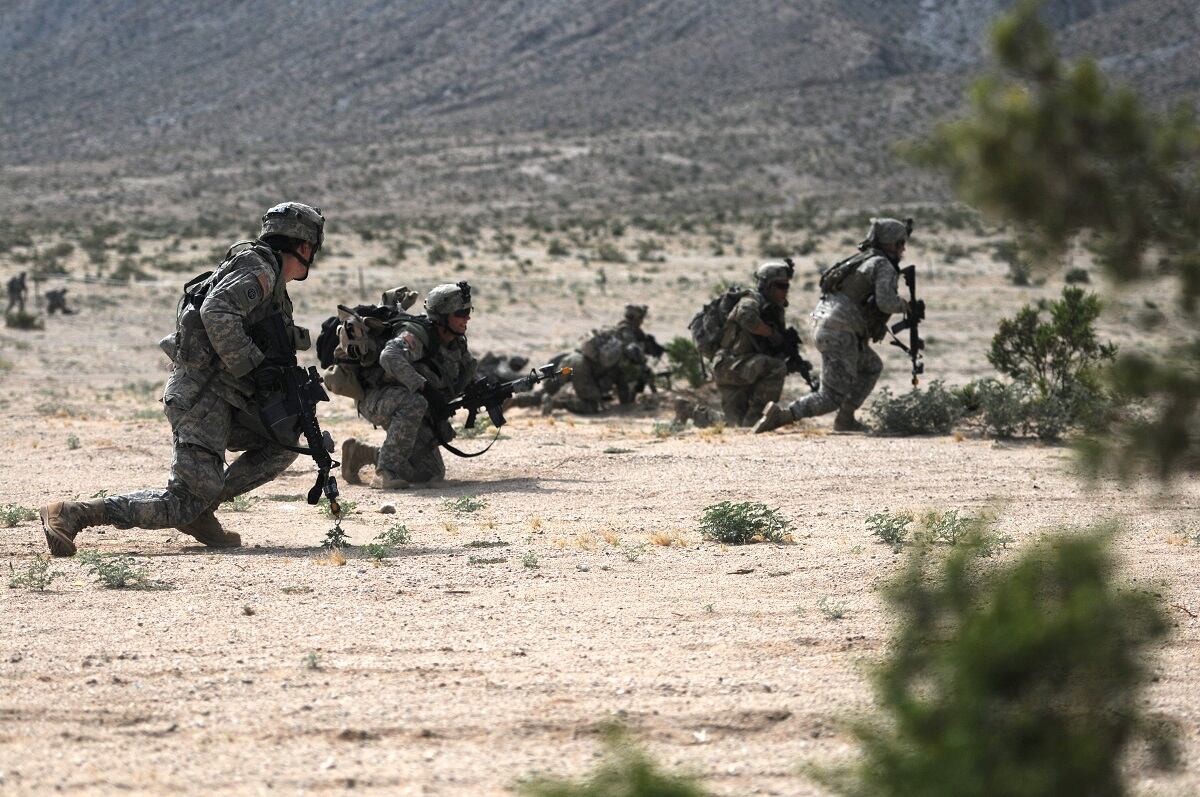The Army National Guard is focusing on enhanced capabilities and higher levels of readiness through its 4.0 initiative, according to its director.
Lt. Gen. Timothy Kadavy, who led a panel Tuesday at the annual AUSA conference in Washington, D.C., said Army National Guard 4.0 will focus on urgent units first but will eventually apply to the whole Guard.
“It was obvious to the Army that we needed every one of our brigade combat teams, particular Stryker teams, to sustain higher levels of readiness to make potential deployment timelines,” Kadavy said.
The 4.0 plan is about a sustained readiness model and how the entire Guard will incorporate that, he said.
This includes quality of training and cutting down on non-deployable soldiers.
Maj. Gen. Blake Ortner, commander of the 29th Infantry Division with the Virginia National Guard, said one of the biggest readiness issues is dealing with non-deployables.
“We can’t keep them in the formations,” said Ortner, who recently returned from commanding Operation Spartan Shield in Kuwait.
Whether it’s a medical or personal issue or a job conflict, Ortner said the division lost a lot of soldiers because they were non-deployable.
“We still did not have all the positions filled in the end” when they deployed to Kuwait, he said.
They needed about 150 soldiers to fill out the formations, and they were still doing substitutions right up until the end, he said.
“Some of those critical fills we needed didn’t even exist in the active component, or there was such a small amount of them they couldn’t provide them to us,” he said. “We need to ensure formations are medically, physically and educationally prepared.”
Ortner said there’s enough money for training, and soldiers and leaders must be trained on individual and MOS skills.
“There’s no time to do that on a short mobilization,” he said. “We had shortages that we had to send to school. What happened was because they were in school, some of them missed the mobilization readiness exercise.”
Those soldiers then joined the rest of the team in theater.
RELATED

Kadavy said Ortner didn’t have the benefit of the changes the Guard is implementing as part of the 4.0 initiative.
“We are manning our urgent units at 118 percent,” Kadavy said. “We really want to be done [with this phase] and capture the readiness growth over the next two to three years.”
In the past, commanders have had to make hard choices.
“I can either take my soldier to annual training that every Guard organization has or I can send him off to professional military education,” he said.
There is enough money for soldiers to do both, Kadavy said.
“Now commanders’ decisions are whether you will let them do one or the other because of the command issues you have to figure out,” he said. “It isn’t because the dollars aren’t there. That’s what 4.0 is about.”
Maj. Gen. James Brown, deputy commanding general of U.S. Army Forces Command, said the quality of training must also be consistent across the country.
“How do we share best practices?” he said. “We have states where units are training extremely well, and we go to other places where they may not be training as well.”
When looking at the active component brigade combat teams, he said, the difference between the very best and the very worst is very small.
“That’s not necessarily the case in our formations,” Brown said. ”[Army National Guard] 4.0 is going to answer the mail as far as getting units ready.”
Charlsy is a Reporter and Engagement Manager for Military Times. Email her at cpanzino@militarytimes.com.





